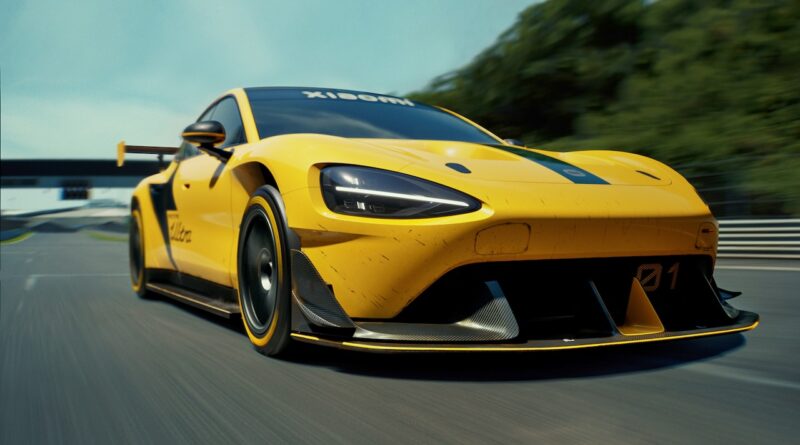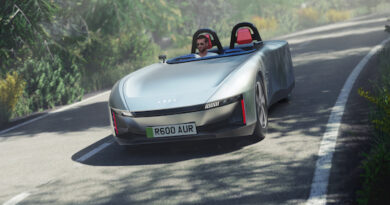Red Hell! 1139kW Xiaomi SU7 Ultra targets Porsche, Rimac and VW electric Nurburgring lap records
Chinese smart phone-maker and electronics giant Xiaomi has unleashed almost certainly the fastest-ever four-door sedan to turn a wheel.
Developed from its only production EV, the Xiaomi SU7 Ultra prototype, the new concept has been created to show off the car-maker’s flagship HyperEngine V8S e-motors but is also tipped to spin-off a production version.
But only after it’s claimed a lap record of the mighty Nurburgring.
To ensure it stands a chance of humbling the Rimac Nevera (7min 5sec) or the wildly quick Porsche Taycan Turbo GT (7min 7sec), the Xiaomi SU7 Ultra prototype packages two of its all-new e-motors with one HyperEngine V6S e-motor.
Combined they all pump out a herculean 1139kW – that’s more than the 1103kW a Bugatti Chiron hypercar can manage.
With that level of firepower the SU7 Ultra can launch from 0-100km/h in just 1.97 seconds, 0-200km/h in 5.97 seconds and reach 300km/h in an incredible 15 seconds.
Top speed is more than 350km/h.
It’s no surprise the SU7 Ultra is so quick as each V8S motor can produce 425kW and 635Nm of torque, while being able to spin up to a dizzying 27,200rpm. That enables the high top speed.
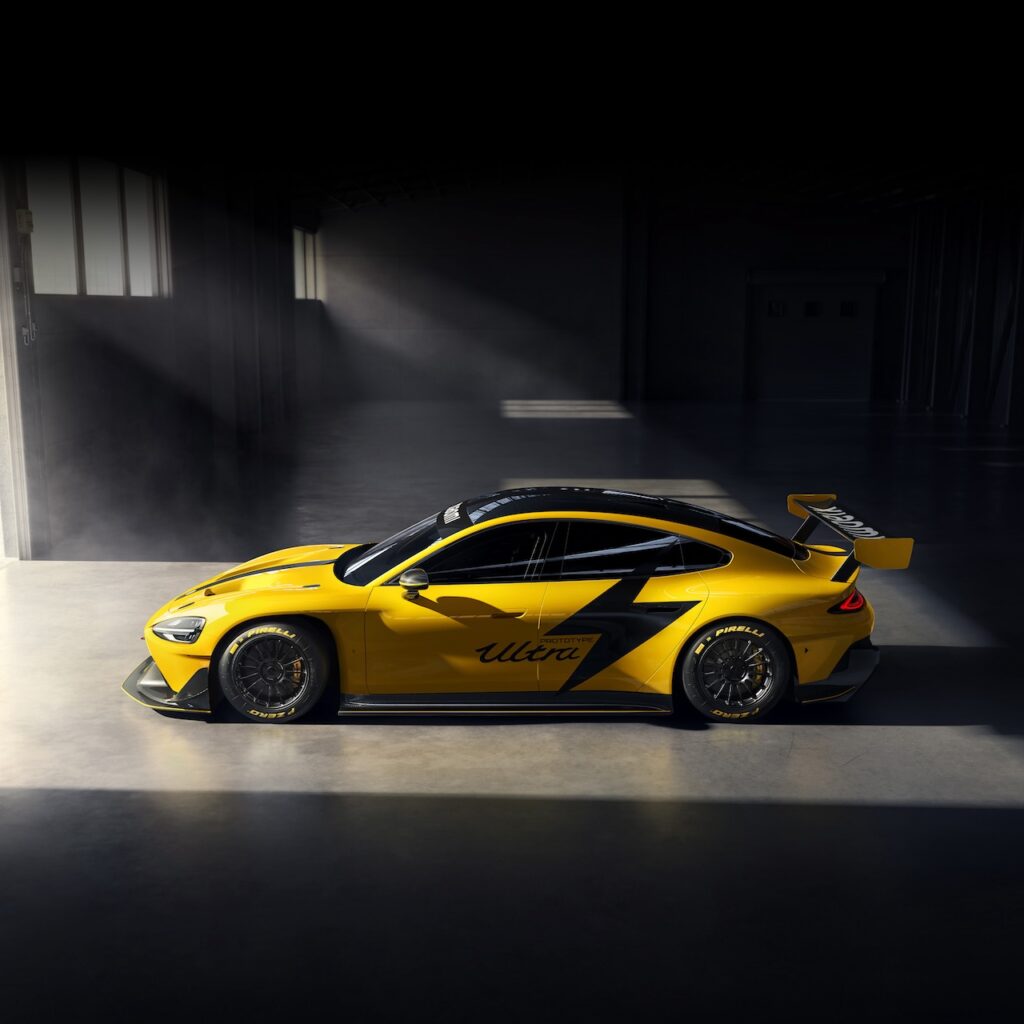
To generate such huge power an advanced battery that can discharge high levels of current is needed and that’s where CATL’s new Qilin 2.0 power pack steps in.
Originally inspired by motorsport such as Formula E, the lithium iron phosphate has a maximum output of 1330kW.
Better still, it mostly holds that lofty peak and even when the charge of the advanced battery falls to 20 per cent it still produces up to 800kW.

As well as being fast to discharge, the Qilin 2.0 is super quick to top up, taking just 12 minutes for a 0-80 per cent charge.
To help cope with the power, the wild prototype gets AP Racing high-performance brakes with six-piston calipers at the front and rear that have been developed to withstand temperatures of up to 800C.
Supporting those powerful anchors is a brake energy recovery system that can provide a maximum 0.6G of recovery.
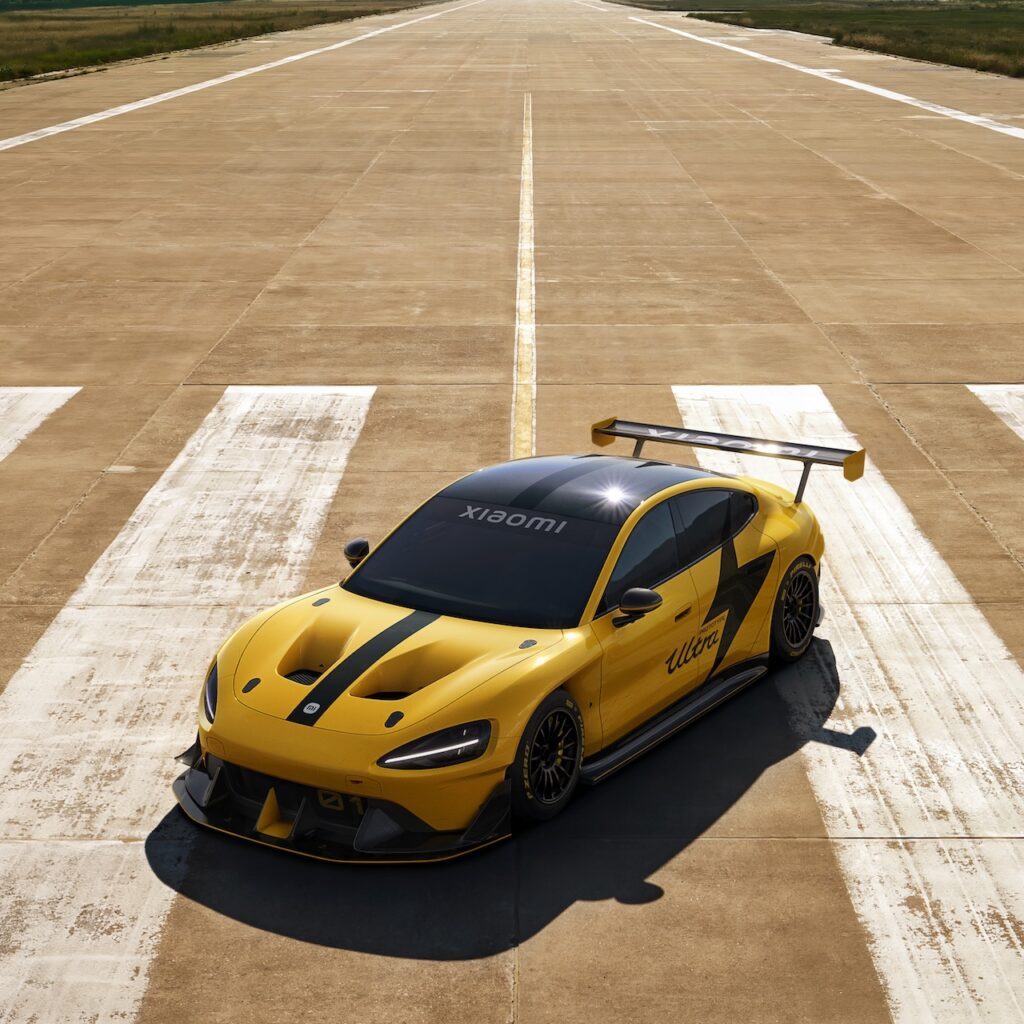
Under full brakes, Xiaomi can pull an incredible 2.36g, with 100-0km/h achieved in just 25 metres.
Enhancing performance further the Chinese hyper-sedan features a carbon-fibre body that ensures it weighs just 1900kg. That still sounds heavy but that’s 390kg lighter than the Taycan Turbo GT.
As well as being light-ish, the SU7 Ultra gets an enormous carbon-fibre rear wing, two extra huge bonnet vents, a redesigned front splitter, side skirts and a large diffuser.
The motorsport-inspired body kit enables the SU7 to generate an incredible 2145kg of downforce for the maximum cornering speed needed for a record lap around the fiercesome German circuit that’s dubbed the ‘Green Hell’.
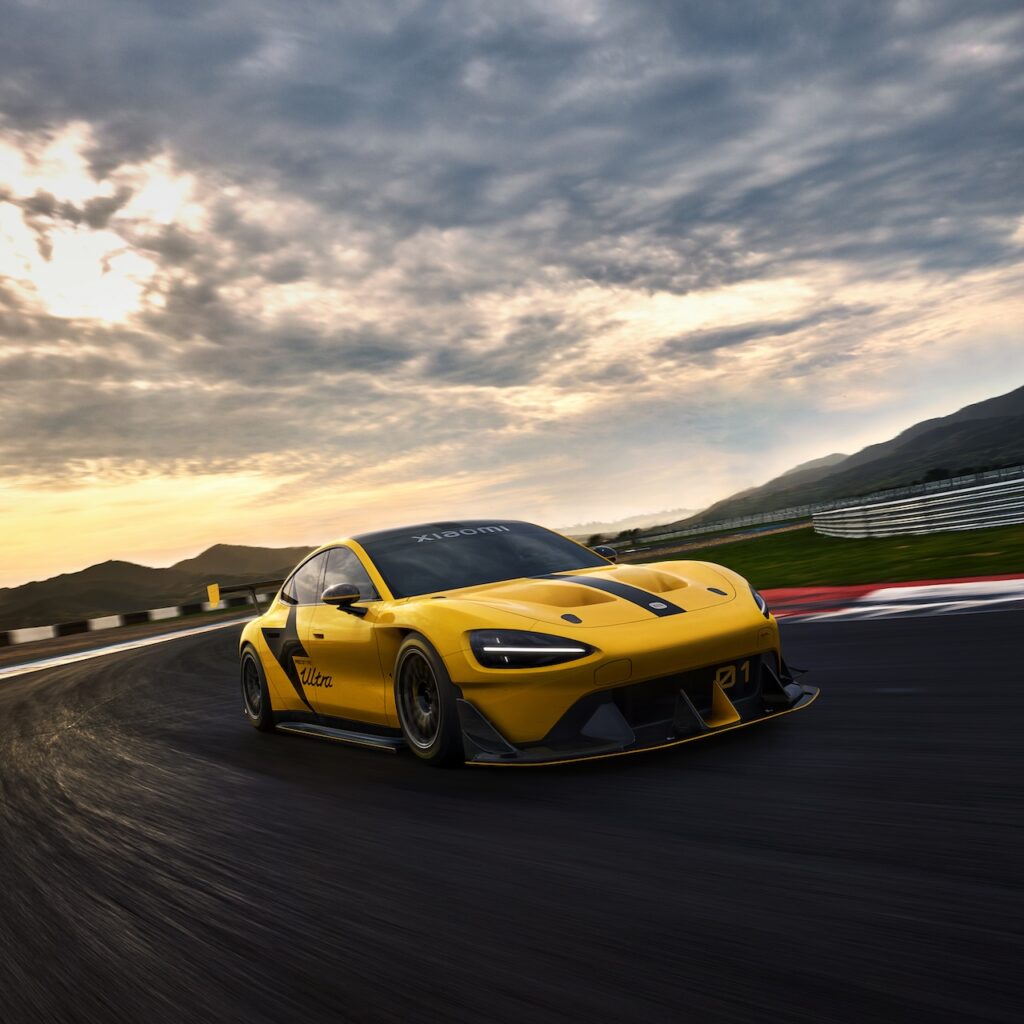
Xiaomi hasn’t announced what time it thinks the SU7 Ultra prototype will lap the Nordschleife in, but says it has locked in October for some hot laps.
When it arrives it’s thought as well as bagging the fastest four-door and production EV lap record, Xiaomi might also have a crack at trying to beat the outright electric car lap record that was set by the Volkswagen ID.R (6min 5sec).
With production of the Xiaomi SU7 started in China back in late 2023 it was thought a launch in Australia in early 2025 might be on the cards.
But demand for the Tesla Model 3 alternative has been so high it’s been suggested the arrival of the brand has been pushed back to 2026 or 2027 at the earliest.

